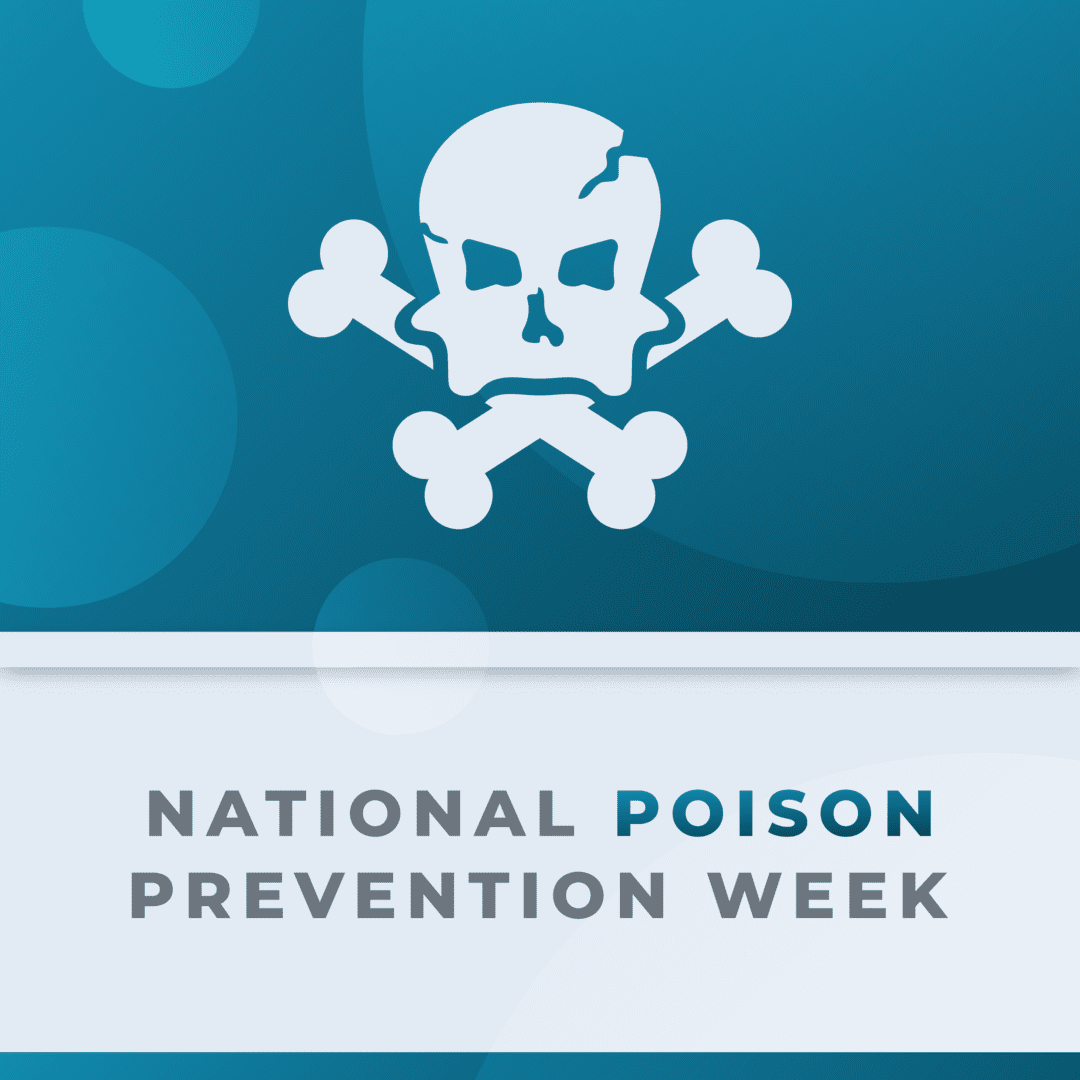Search by Color or Cause


National Poison Prevention Week raises awareness of poison prevention nationwide during the third full week of March every year. The week is an opportunity to highlight the dangers of poisonings for people of all ages and promote community involvement in poisoning prevention. Wear a black and gold enamel awareness ribbon pin to highlight this important awareness week.
In addition, there are always things we can do at home to implement poison control. Useful tips include cleaning out your medicine cabinet periodically, keeping all chemicals out of sight from children, and keeping all items in its original container. Many pharmacies have medicine dispensers to properly dispose of expired medicines. Locate one in your local area so that you can dispose of medicine when it becomes expired or is no longer needed. This keeps fewer things in your home for children, for example, to come into contact with by accident.
For more information, reach out to your local poison center at 1-800-222-1222. Always keep your local poison control number on hand or in your phone in case of an emergency.
The first poison center in the United States opens at Presbyterian-St Luke’s Hospital in Chicago.
Congress established this important awareness week on September 16, 1961. The National Poison Prevention Week now is held the third week in March each year. In 1961, Congress established this awareness week to raise awareness, reduce unintentional poisonings, and promote poison prevention. In 1961, Congress established this awareness week not only to raise awareness, but to reduce unintentional poisonings, and promote poison prevention.
National Poison Prevention Week is sponsored by the National Poison Prevention Week Council. Each year, the Council holds a children’s artwork contest to raise awareness about poisons. Additionally, poison centers across the country conduct activities to raise awareness of the dangers of poisoning.
Child-resistant closures were made for aspirin bottles after the Poison Prevention Packaging Act was passed. This was mandatory for prescriptions, over the counter medicine, and all dangerous household products. The closure keeps children from being able to open a closed bottle.
About 30 children die every year from being poisoned by common household items, according to the Consumer Product Safety Commission.
The Consumer Product Safety Commission also reports that accidental poisoning accounts for more than 2 million calls each year to poison control centers and more than 80,000 visits to the emergency room.
National Poison Prevention Week contributed to an 80 percent reduction in poison-related deaths since the early 1970s.
Carbon monoxide is a poisonous gas that has no color or smell. Cars, appliances, furnaces, and other household items can emit carbon monoxide.